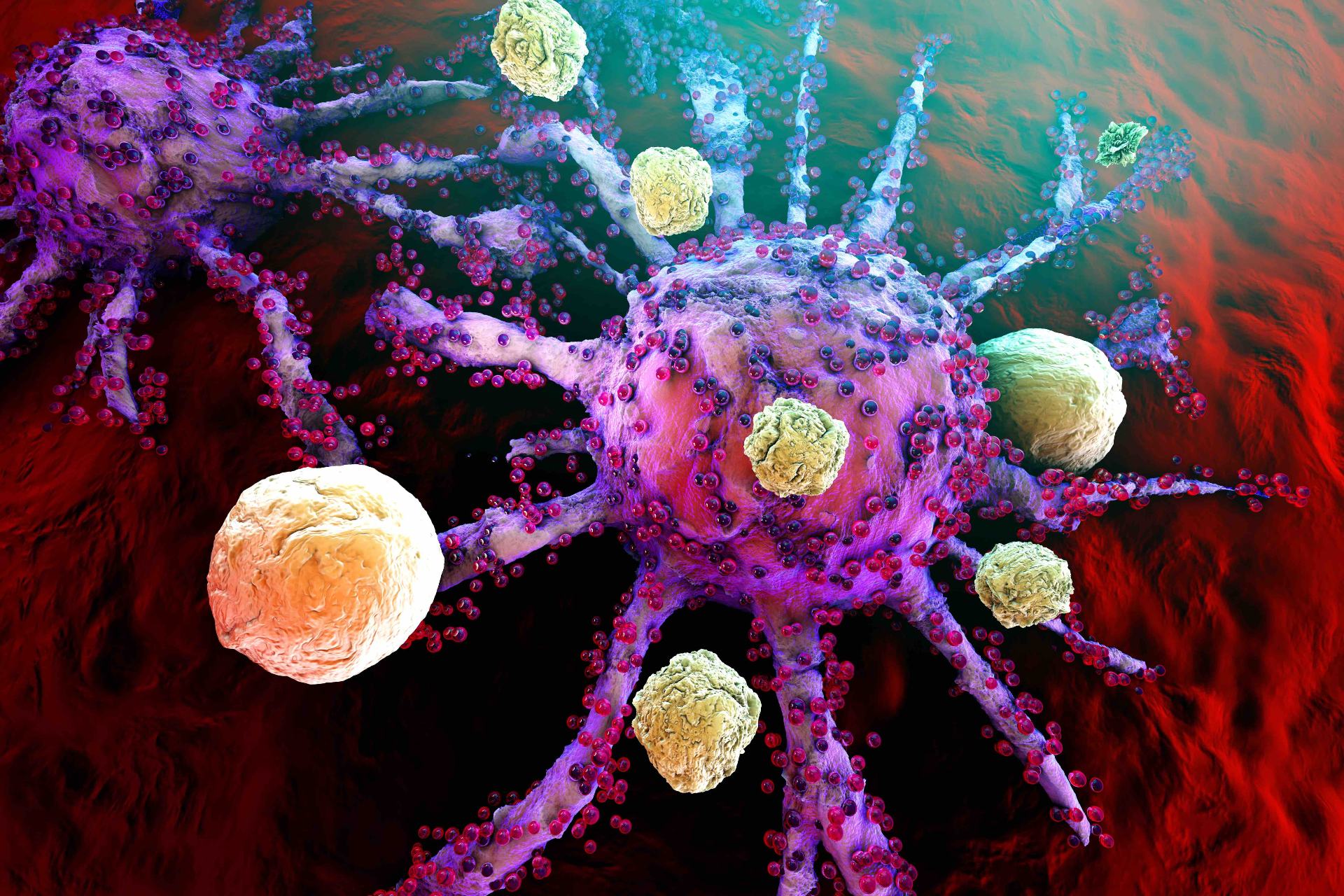Video
CLL: Treatment Pathway Changes and Cost Effectiveness
John Fox, MD, MHA: In 2018, as previously noted, the NCCN guidelines recommend ibrutinib in both first-line treatment for treatment-naïve patients, as well as in relapsed/refractory patients. There are a number of studies going on, though, that are going to help us understand which therapies or combinations of therapies are going to be the next best, if there are any next best ones. Venetoclax just recently published a study in relapsed/refractory patients in combination with rituximab that showed 2-year progression-free survival rates at 85% compared with the same data in patients with ibrutinib that showed a 1-year survival of 85%. So, these combination therapies appear as though they’re going to be even more helpful in producing long-term progression-free survival, as well as long-term complete remissions. In that MURANO trial with venetoclax and rituximab, there were complete remission rates as high as 30%.
So, today, ibrutinib is probably the mainstay in treatment. But as we understand more about the molecular pathways, obviously, the treatment will evolve. One of the challenges right now with ibrutinib is the development of escape pathways and development of resistance. Ibrutinib is an irreversible inhibitor of BTK, and there have been mutations that reduce that irreversibility to make them just reversible, which leads to resistance and, ultimately, the need for other therapies.
One of the interesting questions is, what do you do when you fail ibrutinib, which eventually many people will? And those are where additional studies are needed with combination therapies to help us understand what’s next best.
One of the challenges in using chemotherapy in treatment of CLL over the long term has been the development of lymphoproliferative disorders and lymphomas. So, that’s limited the treatment duration for those chemotherapies. The advent of ibrutinib and other nonchemotherapy agents has led to prolonged therapy—in fact, treatment until progression.
So, we had very cheap but toxic therapies that didn’t improve progression-free survival or overall survival now replaced by therapies that have better overall survival and progression-free survival but have to be continued until the patient progresses. Ibrutinib costs over $150,000 a year, and if somebody has 5 years of progression-free survival—I can do the math—that’s $750,000.
Interestingly, in the MURANO trial, patients were treated with rituximab for 6 cycles and treated with venetoclax for 2 years and then stopped. So, it will be very interesting in these combination therapies to see if we can induce a complete remission in high-risk and/or low-risk patients and then stop therapy. Now, because these are extraordinarily expensive therapies, and for cancers or lymphomas or leukemias that don’t have a high mortality rate, finding that middle ground where we can produce long-term survival without long-term costs is going to be critical.
In fact, in the ASCO value framework, you get extra points in their framework if you can do a treatment-free interval, and that’s, hopefully, where we’ll get to eventually. And that’s what was shown in the MURANO trial to be the case.





